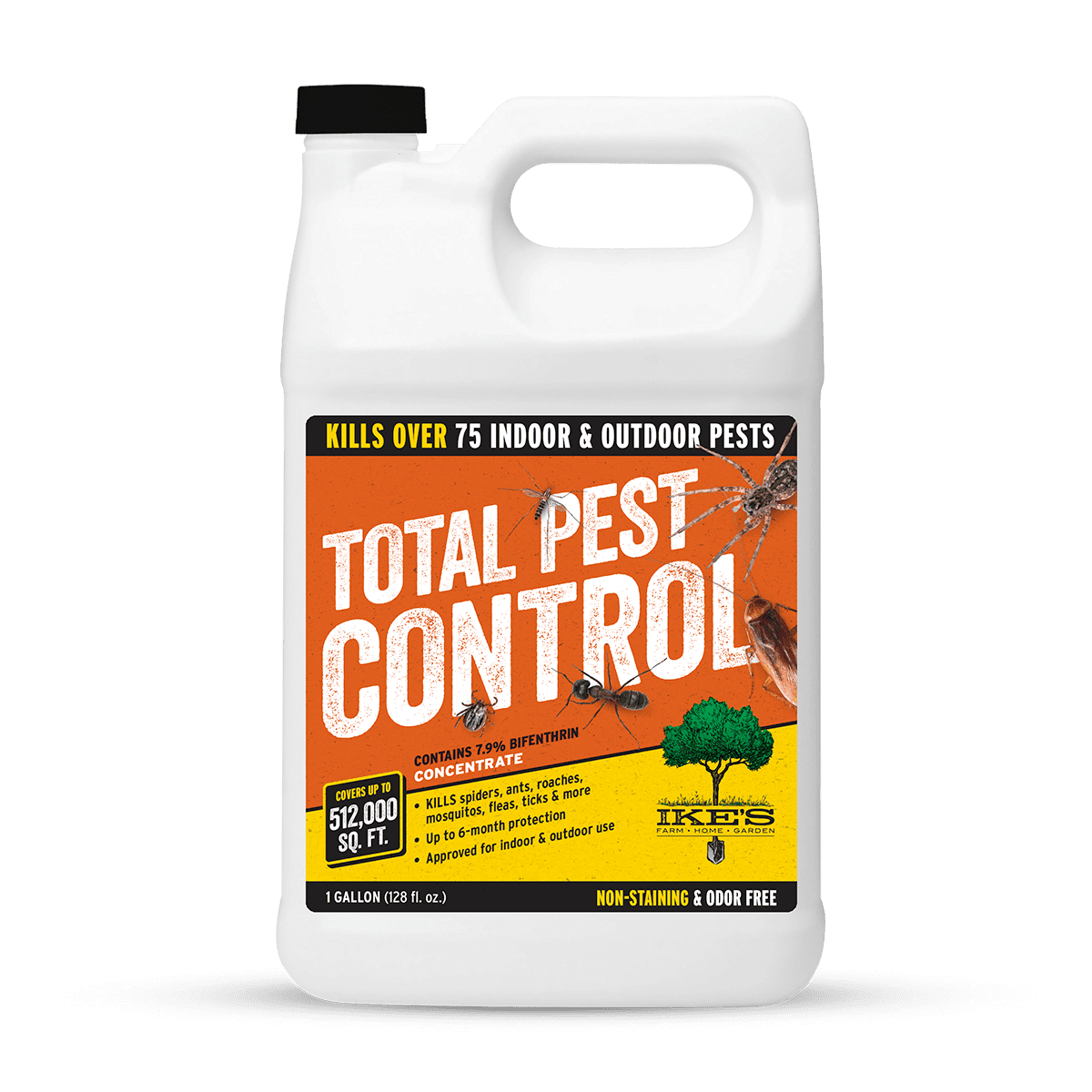A1 Charlotte Pest Control Companies - Your Local Pest Experts
Wiki Article
Bed Bug Therapy Breakdown: Comparing Chemical Vs. Non-Chemical Solutions
In the world of pest control, especially when dealing with the consistent concern of bed insects, the choice in between chemical and non-chemical treatment services can be an essential one. Both approaches provide unique benefits and disadvantages, affecting aspects such as performance, security considerations, and general expense. By analyzing the nuanced information of each approach, a more clear understanding of which path to go after in resolving a bed bug problem can be obtained.Effectiveness of Chemical Treatments
Chemical therapies for bed bug infestations have been commonly identified for their rapid and potent efficacy in getting rid of these insects. When considering the performance of chemical treatments, it is crucial to comprehend that they can provide a fast and complete solution to a bed pest trouble. Expert pest control experts usually rely on pesticides to target bed pests at numerous stages of their life cycle, consisting of fairies, adults, and eggs. These chemicals typically function by interfering with the bed insects' anxious system, leading to paralysis and ultimate death.Moreover, chemical treatments have the advantage of offering residual effects, indicating that they can proceed to eliminate bed insects also after the preliminary application. This recurring activity is specifically valuable in combating any potential re-infestations. In addition, the rapid activity of chemical treatments can bring alleviation to individuals encountering severe bed insect problems, permitting them to restore control of their home quickly.
Safety And Security Concerns With Chemical Solutions
When using chemical options for bed insect treatment is making certain the safety and security of occupants and the setting,One crucial aspect that requires careful factor to consider. While chemical therapies can be reliable in getting rid of bed pests, they might position risks otherwise dealt with correctly. Among the primary safety interest in chemical services is the possible injury they can trigger to human health. Exposure to particular chemicals made use of in bed pest treatments can result in breathing issues, skin irritability, or various other adverse reactions, especially in individuals with pre-existing problems or level of sensitivities. Additionally, incorrect application or dosage of chemical pesticides can result in poisonous residues remaining in the treated location, posing long-lasting health and wellness risks to passengers.Additionally, the environmental impact of chemical options is another considerable consideration. Some pesticides utilized in bed insect treatments may be harmful to beneficial insects, wild animals, and ecosystems if they leach into the dirt or water systems. It is necessary to make use of chemical therapies sensibly, complying with safety and security guidelines, and thinking about less hazardous alternatives to minimize these risks and make sure the effective and safe monitoring of bed pest invasions.
Benefits of Non-Chemical Strategies
Taking into consideration the prospective safety and security issues and ecological impact connected with chemical remedies for bed insect treatment, discovering non-chemical strategies provides an encouraging option with a number of distinctive advantages. Non-chemical methods provide a safer alternative for families, specifically those with pet dogs, individuals, or kids delicate to harsh chemicals. These techniques remove the dangers of direct exposure to harmful compounds, minimizing the potential for damaging wellness effects. Furthermore, non-chemical treatments are eco pleasant, as they do not add to air or water air pollution, making them a lasting choice for pest control.Furthermore, non-chemical services can be reliable in targeting bed bugs, including hard-to-reach locations where chemical treatments might not permeate - A1 pest control services charlotte. Approaches such as heat therapy, vacuuming, vapor cleansing, and mattress coverings provide detailed elimination without the use of harmful chemicals.
Limitations of Non-Chemical Treatments

Additionally, non-chemical treatments often need numerous applications to attain successful eradication. This can be taxing and might not constantly ensure complete removal of all bed insects and their eggs, particularly in hard-to-reach or hidden locations.
Additionally, the success of non-chemical therapies greatly counts on appropriate execution and thoroughness, which can be testing for individuals without professional know-how. Inadequate application of non-chemical techniques might lead to insufficient obliteration, leading to relentless problems and the need for added treatments.
As a result, while non-chemical treatments have their benefits, it is vital to recognize these constraints and consider them when figuring out one of the most effective approach for managing bed insect invasions.
Expense Contrast: Chemical Vs. Non-Chemical Options
Given the limitations associated with non-chemical treatments, a vital facet to assess in the context of bed pest management is the cost comparison between chemical and non-chemical options. In contrast, non-chemical treatments like heat therapy or vapor can be more pricey, with costs varying from $1,000 to $6,000 for an entire home. While the initial price of chemical treatments may seem lower, multiple therapies might be required to fully get rid of the infestation, possibly increasing the overall expense.Conclusion

Taking into consideration the possible safety problems and environmental effect linked with chemical options for bed bug therapy, exploring non-chemical methods provides an appealing choice with several distinctive benefits.Given the limitations associated with non-chemical treatments, a vital element to assess in the context of bed bug monitoring is the cost contrast between chemical and non-chemical alternatives. In comparison, non-chemical therapies like warmth therapy or heavy steam can be a lot more costly, with costs varying from $1,000 to great post to read $6,000 for a whole home. While the preliminary expense of chemical therapies may seem lower, multiple treatments might be required to completely eradicate the problem, possibly raising the total price.In final thought, when contrasting chemical and non-chemical bed bug treatment choices, it is vital to take into consideration efficiency, safety and security, advantages, limitations, and expense.
Report this wiki page